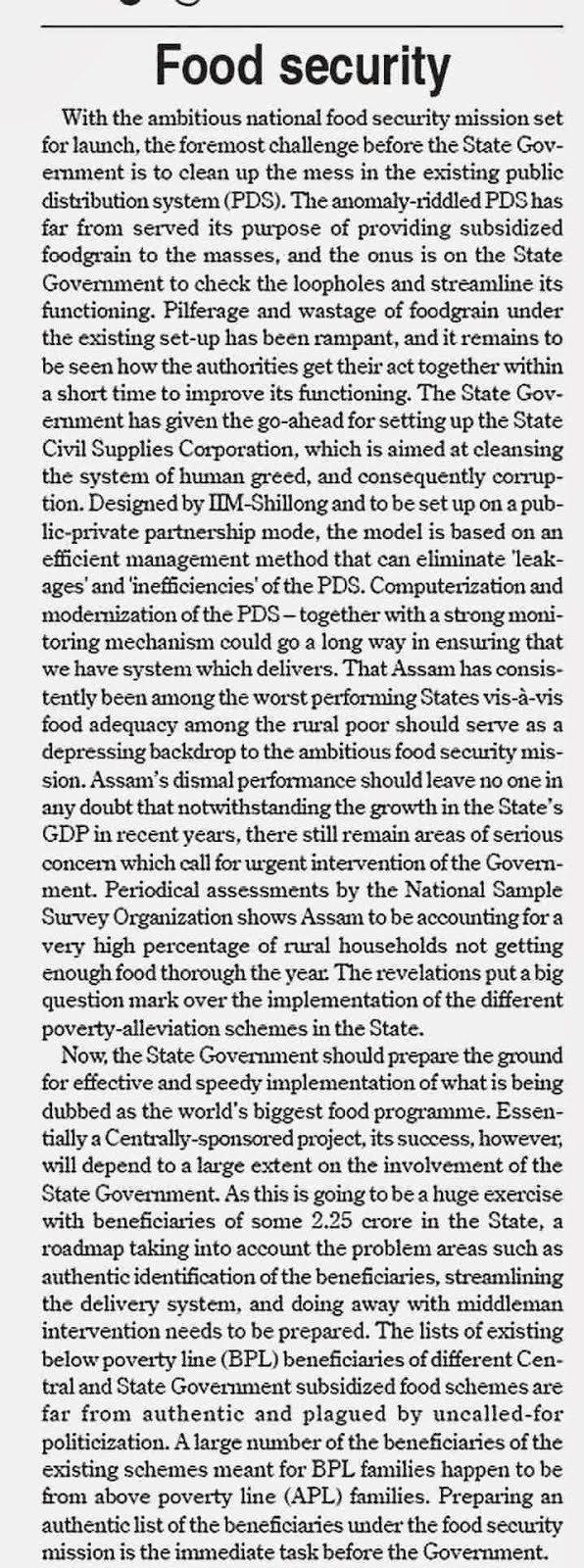Scientists have found: Rising levels of carbon dioxide are harming all forms of marine life because the oceans are acidifying as they absorb the gas. Scientists claim current rate of change is likely to be more than 10 times faster than it has ever been in Earth’s history.
According to a study report titled Inhospitable Oceans, published on August 26 in Nature Climate Change, molluscs, corals and a class of creatures called echinoderms that includes starfish and sea urchins are the worst affected by the uptake of CO2 by the seas.
The study was based on examinations of five key components of ocean eco-systems: corals, echinoderms, molluscs, crustaceans and fish. All were found to be adversely affected by acidification: crustaceans were more resilient while corals, molluscs and echinoderms were worst affected. The direct effects on fish were less clear.
The CO2 forms carbonic acid when it dissolves in the oceans, lowering their pH level.
The scientists conducting the study are from the Alfred Wegener Institute in Bremerhaven, Germany.
The researchers found: Creatures that show negative effects from acidification include commercial species such as oysters and cod. Given the pace at which CO2 emissions are growing, human emissions threaten to trigger extinctions at a faster pace than die-outs millions of years ago.
“There is a danger that we're pushing things too fast and too hard toward an evolutionary crisis,” Hans-Otto Poertner, one of the authors, said. “In the past, these crises have taken much longer to develop.”
Poertner, professor of marine biology at the Alfred Wegener Institute told the Guardian: “We are at a risk of causing extinctions. We cannot give with any certainty the year when people will start to report extinctions due to climate change. It depends on what temperature change and CO2 concentrations we allow.”
The research will be fed into the United Nations' most detailed study into the science of climate change, which is being published in three parts and an overall summary by the end of 2014, and is designed to inform international climate treaty negotiations.
The latest study will be input for the second part of that report, by the UN's Intergovernmental Panel on Climate Change. The first part is scheduled for publication on Sept. 27.
The research was designed to look at the effects of the acidification caused by the CO2 emissions, according to Poertner.
When the warming effects of the gas are also factored in, it could accelerate negative effects because the temperature a species can withstand in more acidic conditions may be lower, he said.
The researchers examined 167 previous studies about the effects of acidifying oceans on 153 species to predict the way they might be affected as CO2 emissions into the atmosphere grow. The oceans absorb more than a quarter of manmade CO2 emissions.
The scientists found that at concentrations of CO2 in the atmosphere of 500 parts per million to 650 parts per million, negative effects outweighed positive ones for corals, echinoderms, molluscs and fish though not for crustaceans. At higher concentrations, all categories of creatures were harmed. CO2 is currently just under 400 parts per million, rising about 2 ppm to 3 ppm a year.
Rapidly rising CO2 levels in the atmosphere are causing a potential catastrophe in oceans as they become more acidic, scientists have warned. Under the rapid escalation of GHG emissions, ocean acidification is gathering pace and threatening many forms of marine life.
Poertner said that if emissions continue to rise at “business as usual” rates, this would be potentially catastrophic for some species.
Acidification is just one of a broader range of the problems facing the oceans and the combination of different effects is increasing the threat.
Poertner said: “We are already seeing warm water coral reefs on a downslide due to a combination of various stressors, including [rising] temperature. Ocean acidification is still early in the process [but] it will exacerbate these effects as it develops and we will see more calcifying species suffering.”
However, the process of acidification takes decades and the worst effects on some species could still be avoided if emissions are urgently reduced.
Evidence from prehistoric ocean life provides a comparison. “The [effects observed] among invertebrates resembles those seen during the Permian Triassic extinctions 250m years ago, when carbon dioxide was also involved. The carbon dioxide range at which we see this sensitivity [to acidification] kicking in are the ones expected for the later part of this century and beyond.”
Astrid Wittmann, co-author of the paper, said species with low resilience could be outcompeted by those that were more vulnerable to acidification, and that further studies were needed, particularly on plants and plankton, which were left out of this research.
Behavioral changes
Negative effects include behavioral and sensory changes that make fish less fearful of predators, altered metabolism, and a slowing of the rate at which molluscs can form shells. Similar sensitivity to rising CO2 can be observed in the fossil records of extinctions that took place 55 million years ago and 250 million years ago respectively, Poertner said.
He cautioned that the study has limitations because “you cannot do sufficiently long studies to really mimic what will happen in 50 years.”
Oceans are one of the biggest areas of focus for current climate change research. The gradual warming of the deep oceans, as warmer water from the surface circulates gradually to lower depths, is thought to be a significant factor in the earth’s climate.
New research findings suggests that the absorption of heat by the oceans is probably one of the reasons that the observed warming in the last 15 years has been at a slightly slower pace than previously, and this is likely to form an important part of coming IPCC report.
Source: Countercurrents.org Dated : 26 August, 2013







































